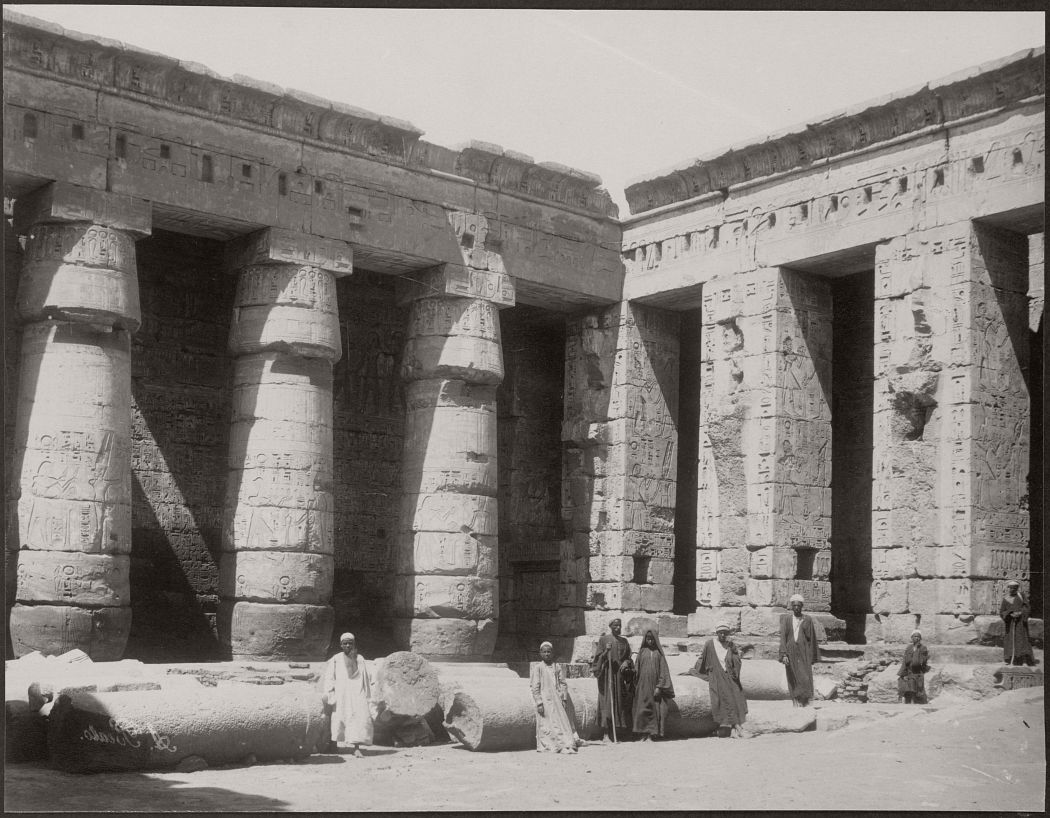Antonio Beato was a British and Italian photographer. Antonio Beato’s origins are uncertain; he was probably born in Venetian territory sometime after 1832. His elder brother Felice Beato, at least, was born in Venice, but the family may have moved to Corfu, which had been a Venetian possession until 1814 when it was acquired by Britain. Antonio often used the French version of his given name, going by Antoine Beato. It is presumed that he did so because he mainly worked in Egypt, which had a large French-speaking population. He is best known for his portraiture ,landscape views of the architecture of Egypt and other locations in the Mediterranean region.
Because of the existence of a number of photographs signed “Felice Antonio Beato” and “Felice A. Beato”, it was long assumed that there was one photographer who somehow managed to photograph at the same time in places as distant as Egypt and Japan. But in 1983 it was shown by Italo Zannier that “Felice Antonio Beato” represented the two brothers, Felice Beato and Antonio Beato, who sometimes worked together, sharing a signature. The confusion arising from the signatures continues to cause problems in identifying which of the two photographers was the creator of a given image.
Virtually nothing is known about his training in photography. He may have become interested in photography through his brother, Felice, who is believed to have met the British photographer James Robertson in Malta in 1850, and purchased photographic equipment in Paris in around 1851, and later that year accompanied Robertson to Constantinople in 1851.
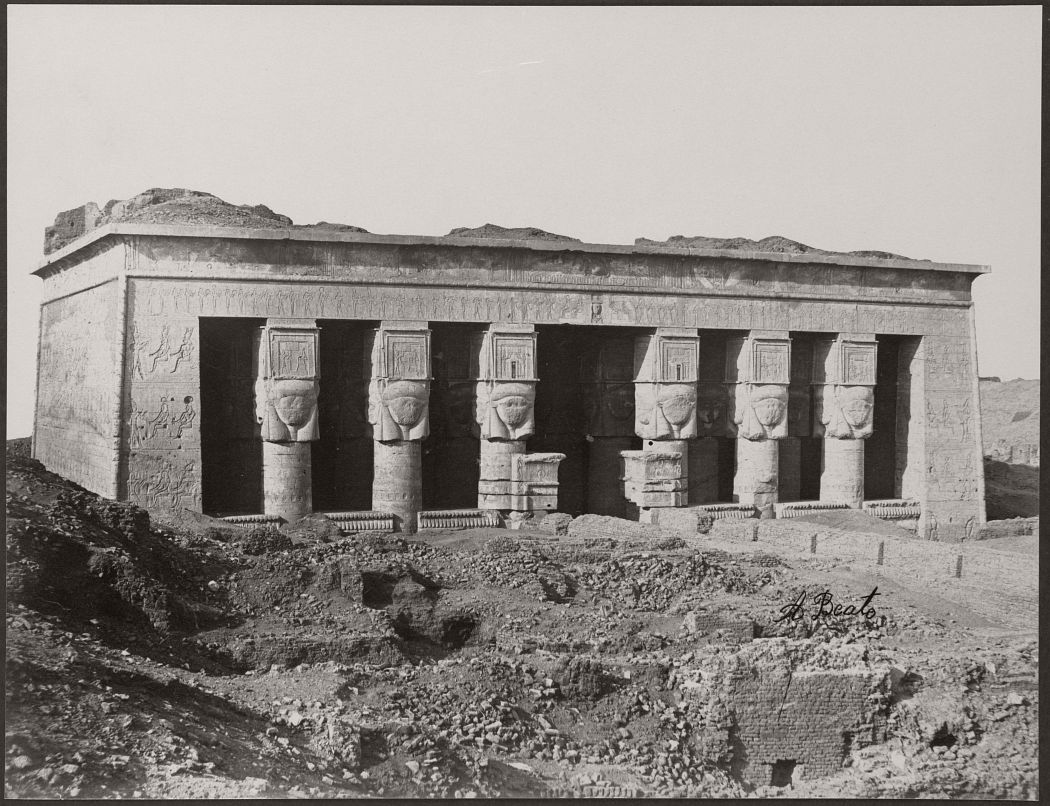
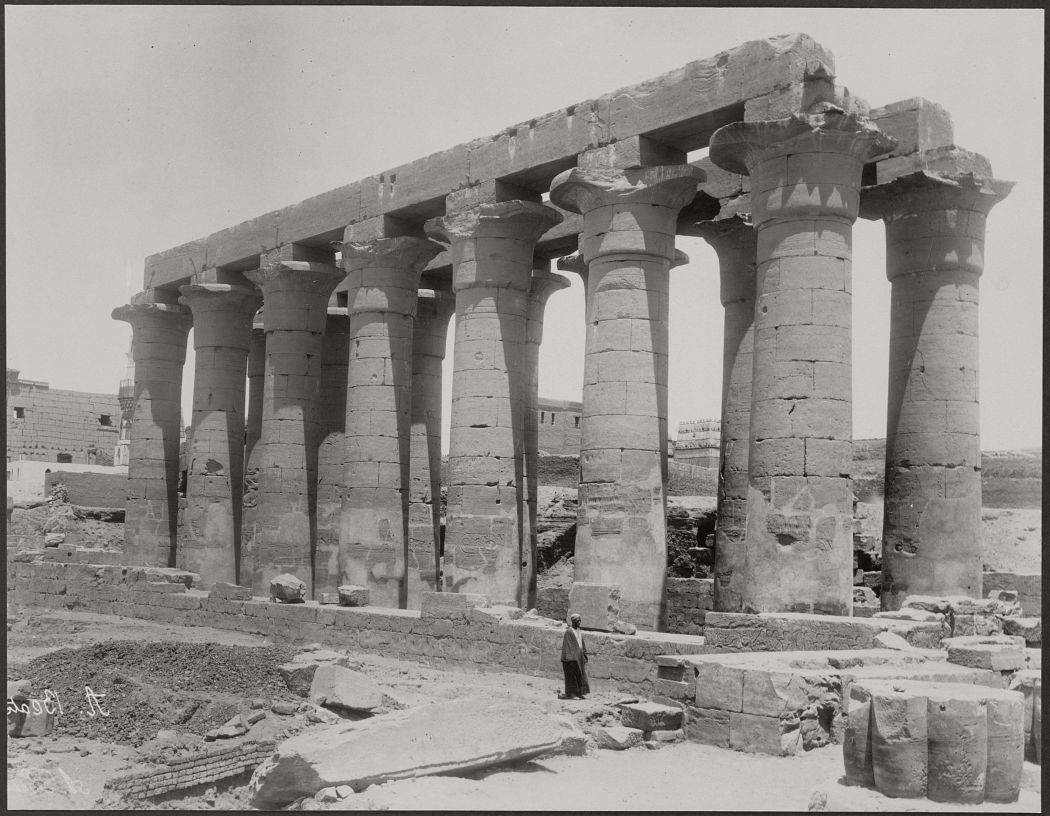
Antonio joined his brother and Robertson in Malta in around 1853. A partnership, known as “Robertson & Beato” was formed in late 1853 or early 1854 in Pera, Constantinople. However, it is unclear whether it was Antonio or Felice who was involved in the partnership. Some scholars believe that it was in fact, Antonio.
By the 1850s, tourist travel to Middle East created strong demand for photographs as souvenirs. Beato, and his brother were part of a group of early photographers who made their way to the East to capitalise on this demand. These pioneering photographers included Frenchmen, Félix Bonfils Gustave Le Gray and Hippolyte Arnoux, brothers Henri and Emile Bechard and the Greek Zangaki brothers, many of whom were in Egypt at the same time and entered into both formal and informal working partnerships. These early photographers, including Antonio and his brother, were among the first commercial photographers to produce images on a large scale in the Middle East.
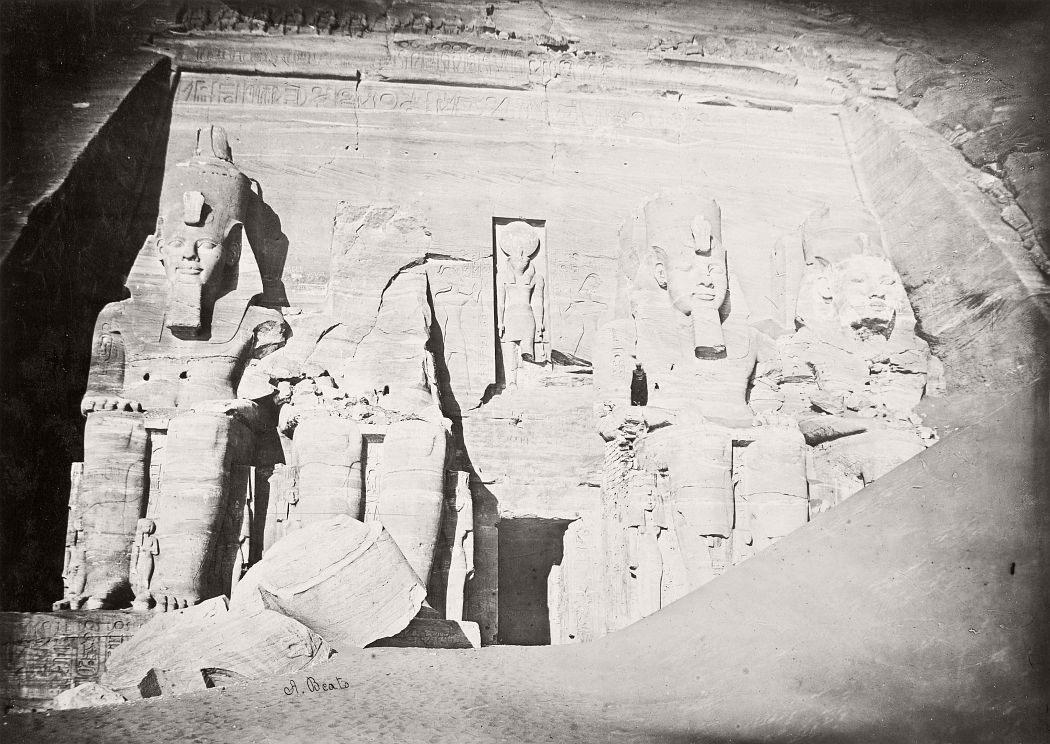
Antonio Beato went to Cairo in 1860 where he spent two years before moving to Luxor where he opened a photographic studio in 1862 and began producing tourist images of the people and architectural sites of the area. In the late 1860s, Beato was in partnership with Hippolyte Arnoux.
In July 1858 Antonio joined Felice in Calcutta. Felice had been in India since the beginning of the year photographing the aftermath of the Indian Rebellion of 1857. Antonio also photographed in India until December 1859 when he left Calcutta, probably for health reasons, and headed for Malta by way of Suez.
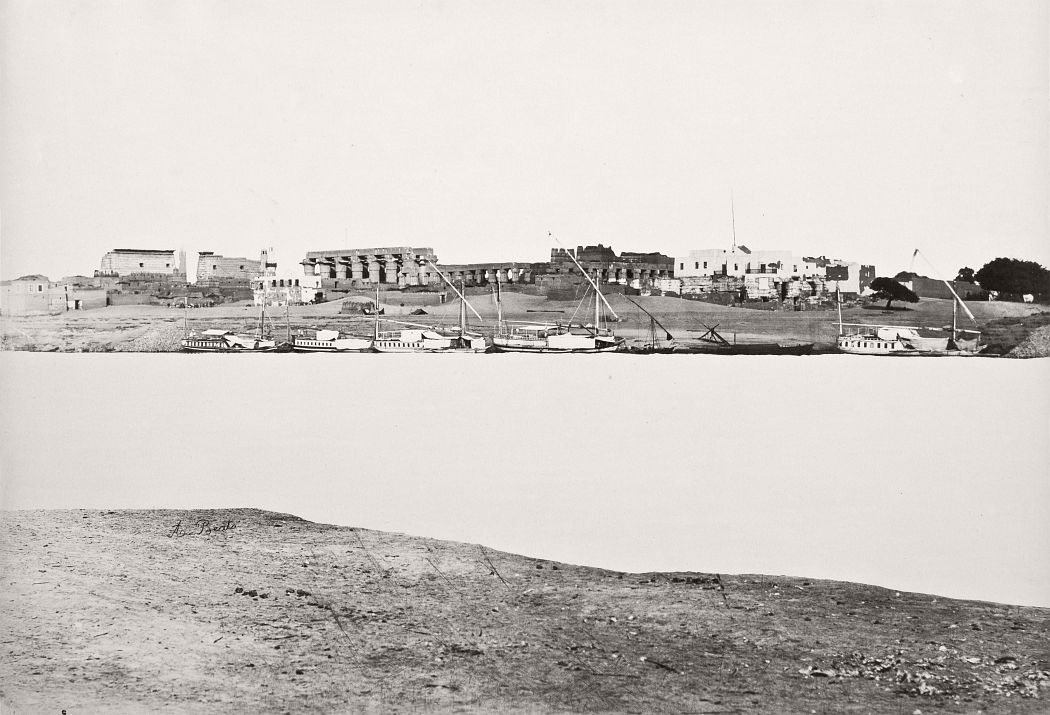
Antonio Beato went to Cairo towards the end 1859 or early 1860 and spent two years there before moving to Luxor where he opened a photographic studio in 1862 and began producing tourist images of the people and architectural sites of the area. In the late 1860s, Antonio was in partnership with the French photographer, Hippolyte Arnoux. Beato’s images of Egypt were distinctly different from those of other photographers working in the region. Whereas most photographers focussed on the grandeur of monuments and architecture, Beato concentrated on scenes of everyday life.
In 1864, at a time when his brother Felice was living and photographing in Japan, Antonio photographed members of Ikeda Nagaoki’s Japanese mission who were visiting Egypt on their way to France.
Antonio Beato died in Luxor in 1906. His widow published a notice of his death while offering a house and equipment for sale.
